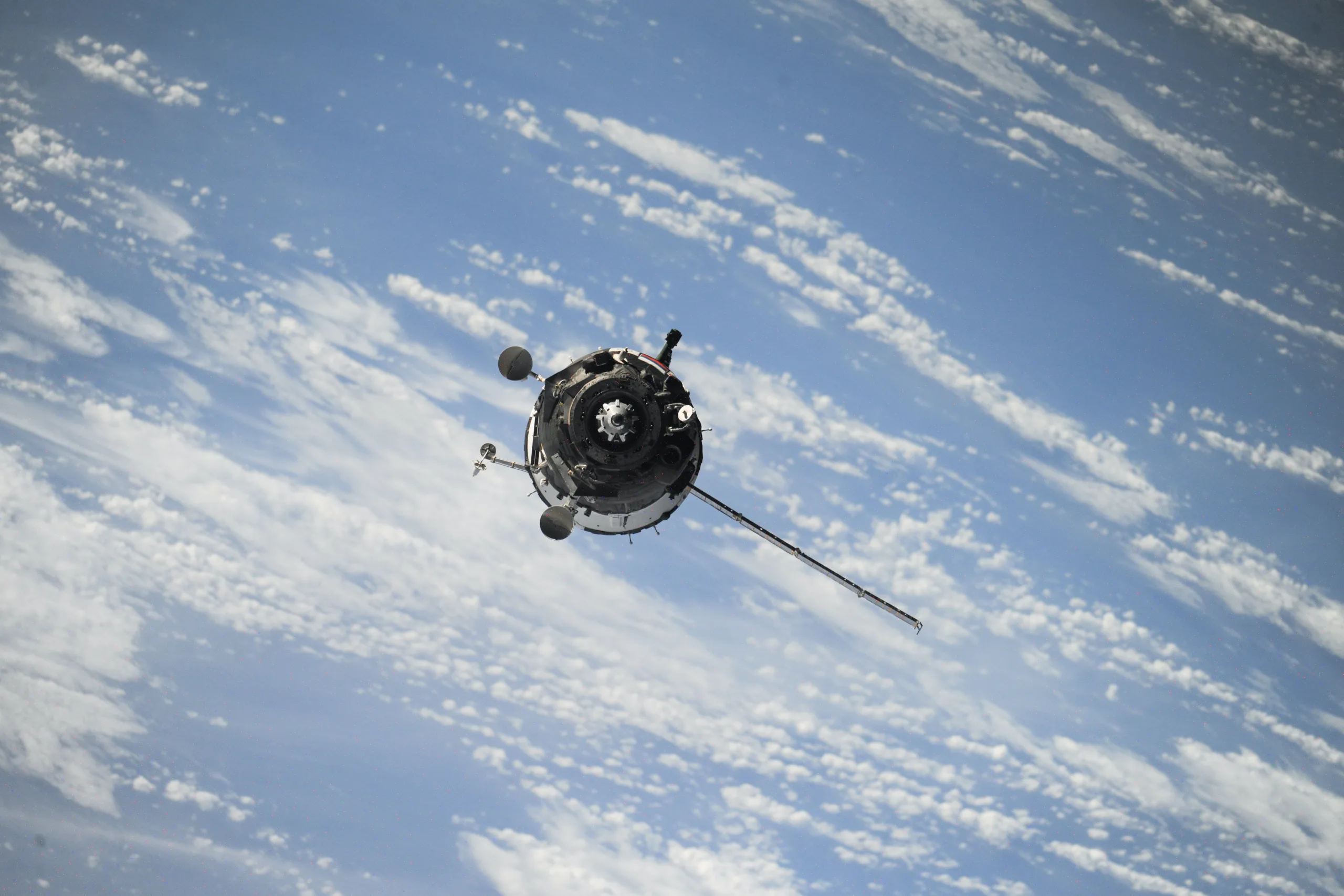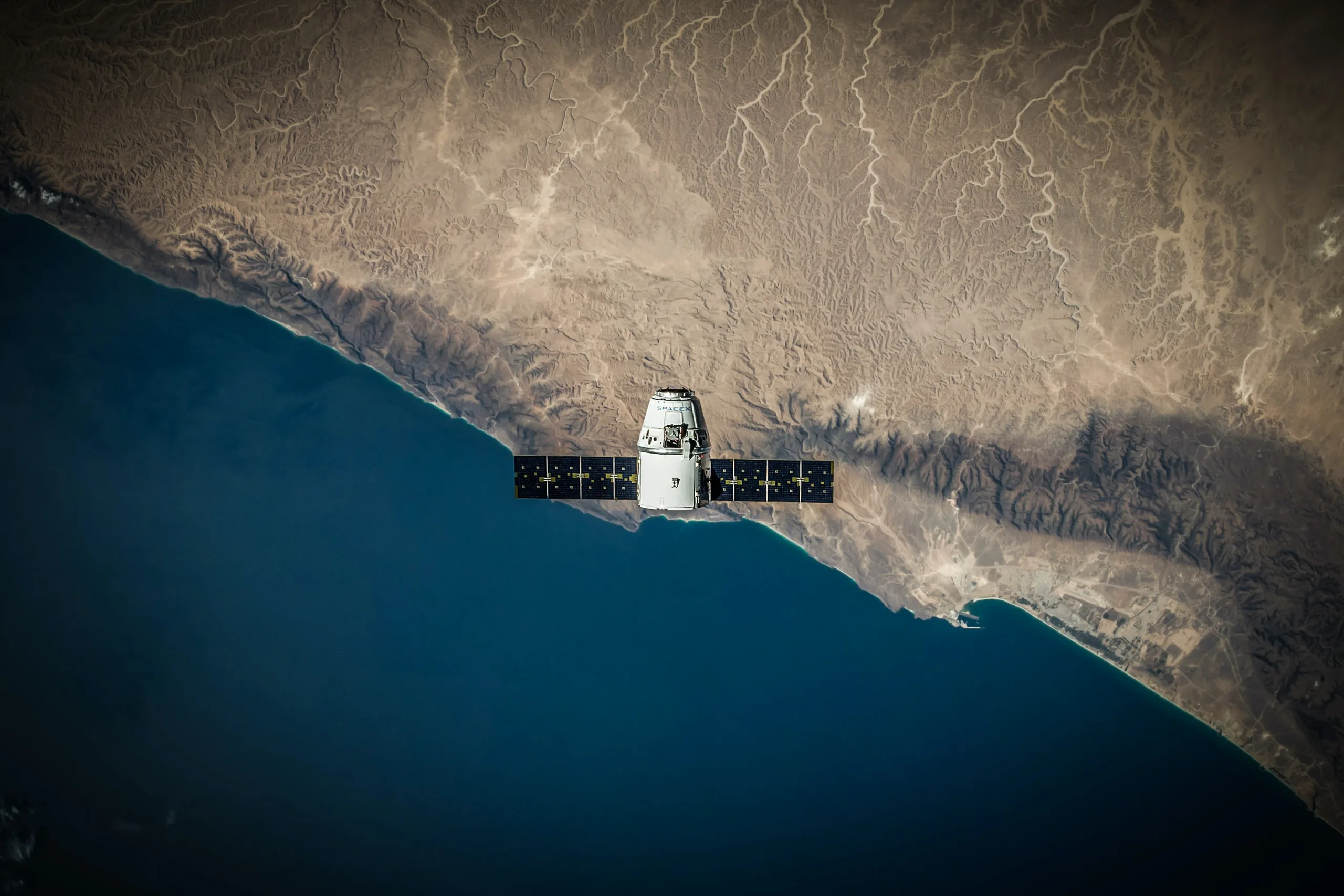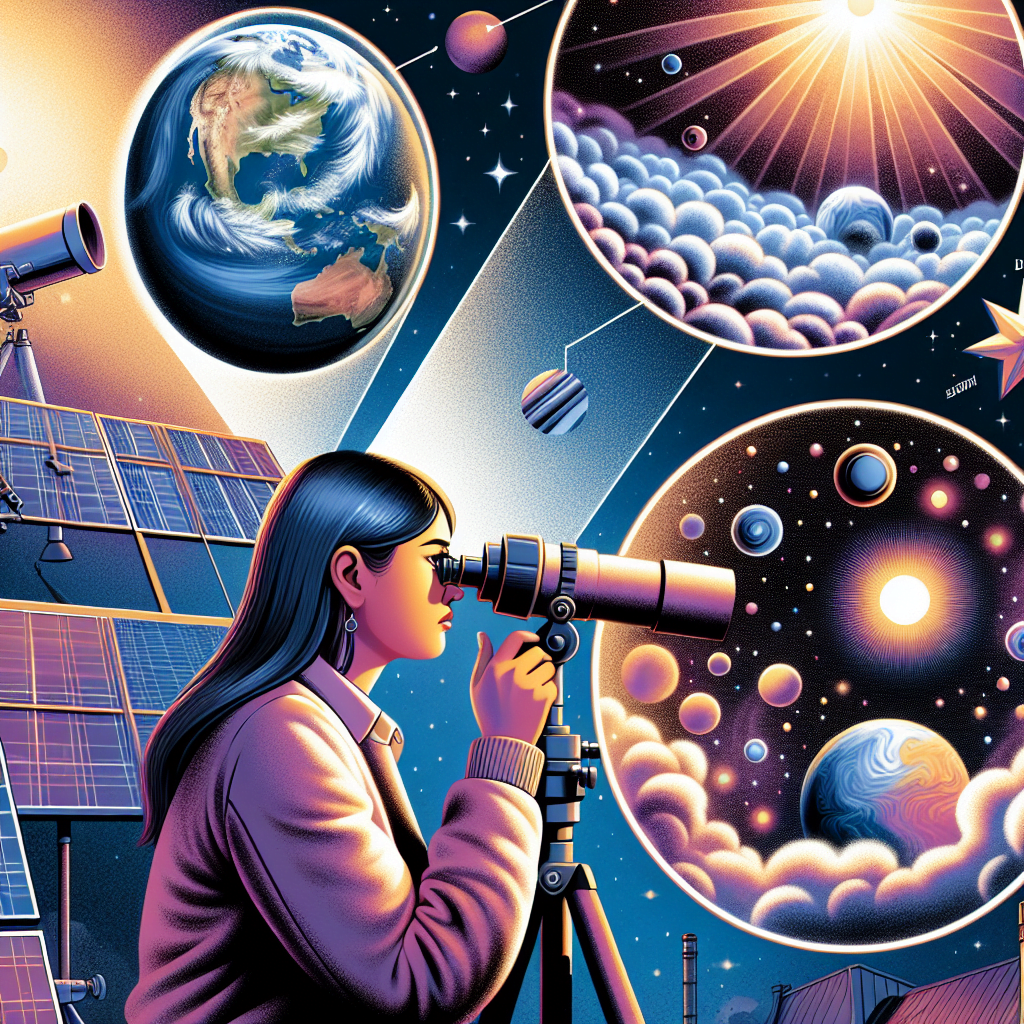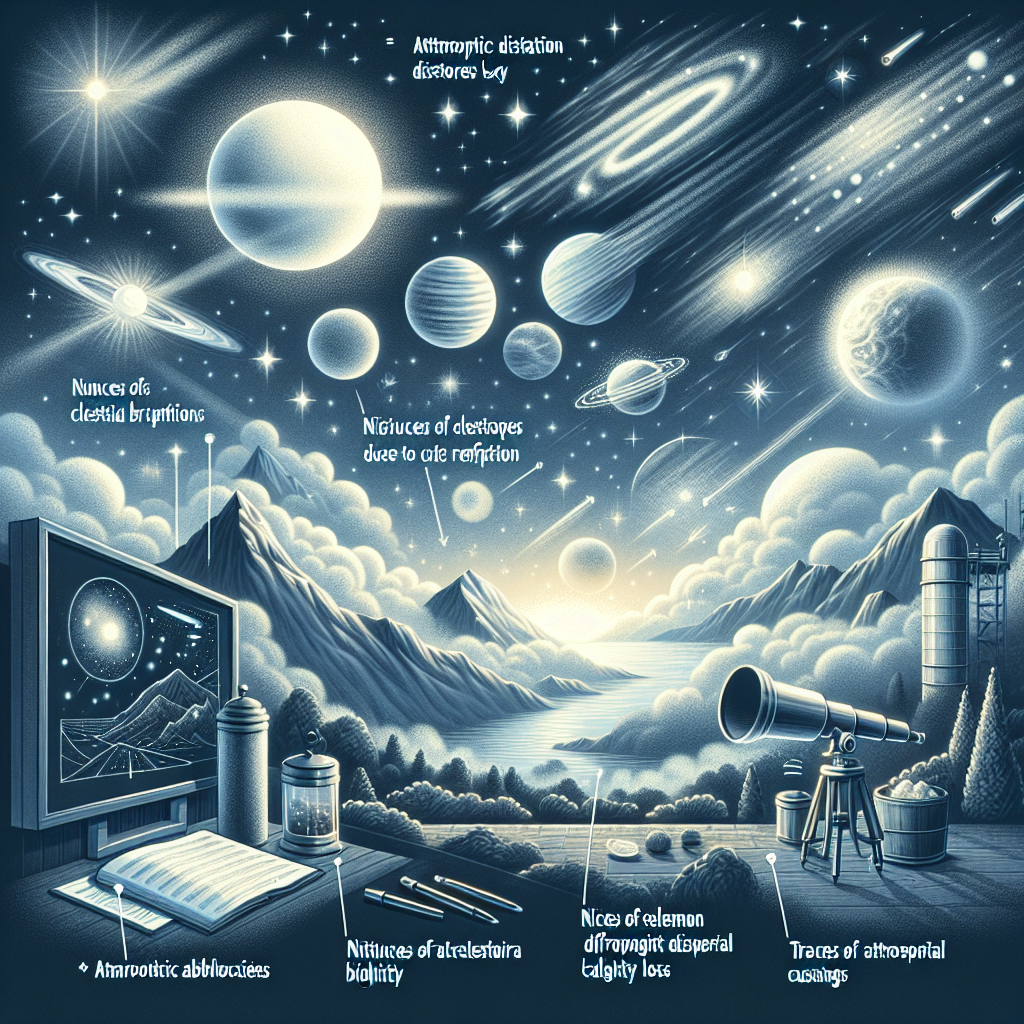Imagine gazing up at the night sky, captivated by the majestic twinkling stars and the mystifying cosmic wonders. But have you ever wondered how the Earth’s atmosphere plays a role in our ability to observe celestial objects? The atmosphere, with its layers of gases, creates a dynamic environment that impacts the clarity and visibility of our view of the heavens above. From the shimmering effects of atmospheric turbulence to the absorption and scattering of light, this article will explore the fascinating ways in which the atmosphere can influence our celestial observations.
Table of Contents
Affect of Atmosphere on Celestial Observation

Overview of Celestial Observation
celestial observation refers to the study and examination of objects in the sky, including stars, planets, galaxies, and other celestial bodies. It has been a significant area of scientific research for centuries, enabling us to understand the cosmos and our place within it. However, the Earth’s atmosphere plays a crucial role in the quality of celestial observation, as it can introduce various interferences and distortions.
Importance of Atmosphere for Observations
The atmosphere is not merely an empty space between the Earth’s surface and outer space; it interacts with the light passing through it and, consequently, affects the clarity and quality of celestial observation. Several key factors influence the impact of the atmosphere on celestial observations, including atmospheric transparency, stability, scattering, and turbulence.
1. Atmospheric Transparency
One of the primary aspects influenced by the atmosphere is its transparency. Some regions of the electromagnetic spectrum, such as visible light, infrared, and radio waves, can travel through the Earth’s atmosphere relatively unhindered. However, certain wavelengths, such as ultraviolet and X-rays, are absorbed or scattered by the atmosphere, limiting our ability to observe celestial objects emitting or reflecting such radiation.
2. Atmospheric Stability
atmospheric stability refers to the consistency of air density, temperature, and pressure through different layers of the atmosphere. In areas with unstable atmospheric conditions, temperature and pressure variations can cause the light passing through to bend, leading to distorted images and inaccurate measurements. Thus, atmospheric stability is essential for precise and reliable celestial observations.

3. Atmospheric Scattering
The Earth’s atmosphere scatters light, which can significantly impact celestial observations. Rayleigh scattering, the dominant scattering mechanism, causes the blue color of the sky during the day. However, it also scatters a considerable amount of visible light from celestial objects, reducing their apparent brightness and making them more challenging to observe. This scattering effect is more pronounced closer to the horizon, where the path length through the atmosphere is longer.
4. Atmospheric Turbulence
Atmospheric turbulence refers to the rapid fluctuations in air density and temperature caused by various atmospheric phenomena, such as wind currents and temperature gradients. These fluctuations create pockets of varying refractive indexes, bending and distorting light passing through them. The result is a twinkling effect known as stellar scintillation, where the apparent brightness of stars seems to fluctuate rapidly. This can hinder precise measurements and observations, particularly for objects with low surface brightness.

Effects of Atmospheric Distortion on Celestial Objects
The interplay between the atmosphere and celestial objects can lead to significant distortions and limitations in our observations. Some of the primary effects include image distortion, image blurring, and twinkling.
1. Image Distortion
Due to atmospheric turbulence, celestial objects can appear distorted or elongated, making it challenging to accurately determine their shape or characteristics. The fluctuating pockets of air with varying refractive indexes cause light rays to take irregular paths, leading to image distortions that can mask important details or features of the observed objects.

2. Image Blurring
The movement and agitation of the atmosphere cause blurred images when observing celestial objects. Sharpness and clarity are compromised as the light is refracted in multiple directions, creating a smeared or fuzzy appearance. Image blurring can hinder the ability to resolve fine details or identify subtle changes in brightness or structure, impacting our understanding of celestial bodies.
3. Twinkling
Twinkling, also known as scintillation, is a result of stellar light passing through the turbulent layers of the atmosphere. As the light rays continuously change direction due to the varying refractive indexes, stars appear to twinkle or flicker. This effect can make it difficult to accurately measure the brightness or color of stars and can even render them invisible during periods of extreme turbulence.

Methods to Minimize Atmospheric Interference
To mitigate the effects of atmospheric interference on celestial observations, scientists have developed various techniques and technologies. Some of the key methods to improve the quality of observations include adaptive optics, space-based observatories, high-altitude observatories, and remote observatories.
1. Adaptive Optics
Adaptive optics refers to a technology that dynamically corrects for atmospheric distortions in real time. By using deformable mirrors and wavefront sensors, adaptive optics systems measure the distortion caused by the atmosphere and apply corrective adjustments to the telescope’s optics. This technique enables astronomers to compensate for image blurring and distortion, resulting in clearer and sharper observations.
2. Space-based Observatories
Space-based observatories, such as the Hubble Space Telescope, provide an unparalleled opportunity for observing celestial objects without the interference of Earth’s atmosphere. By placing telescopes above the atmosphere, astronomers can avoid atmospheric distortion and attain exceptionally high-resolution, detailed images. Space-based observatories have revolutionized our understanding of the universe, capturing breathtaking images and collecting valuable data inaccessible from ground-based observations.
3. High-Altitude Observatories
High-altitude observatories are situated in locations where the atmosphere is thinner, resulting in reduced atmospheric interference. By placing telescopes on mountain peaks or in remote regions with high altitudes, astronomers can minimize the effects of atmospheric turbulence and achieve clearer observations. High-altitude observatories provide an intermediate solution between ground-based and space-based observations.
4. Remote Observatories
Remote observatories allow astronomers to conduct observations from locations far away from light pollution and atmospheric disturbances. These observatories are often automated and operated remotely, eliminating the need for physical presence at the observation site. By carefully selecting remote locations with favorable atmospheric conditions, astronomers can optimize their observations and obtain clear and precise data.
Conclusion
The atmosphere significantly influences celestial observation, impacting transparency, stability, scattering, and turbulence. The interferences caused by the atmosphere lead to image distortions, blurring, and twinkling, affecting our ability to observe and study celestial objects. However, through the development of techniques like adaptive optics and the use of space-based, high-altitude, and remote observatories, astronomers continue to strive for clearer and more precise observations. By understanding and mitigating the effects of the atmosphere, we can delve deeper into the mysteries of the universe and expand our knowledge of the cosmos.
